Rangla Punjab: 5 Heritage Spots to Explore Beyond the Golden Temple
Yuvraj Nanda | Jan 22, 2025, 20:03 IST
( Image credit : Timeslife )
When talking about India and its incredibility’, one can never miss out on mentioning the state and the people of Punjab for their constant major influence on national heritage. After these many years of rich tradition, it is now time for the people to see what the state has to offer beyond the well known Golden Temple in Amritsar.
The Land of Five Rivers - Punjab, having seen one of the most horrific phases in the form of partition back in 1947, witnessed huge damage to its cultural relics, for a lot now remains in the Western end of Pakistan, and a few stays here with us in India. However, not all is lost. But how many of us know it all?
Talking of tourism in Punjab, most of us across the country think of Harmandir Sahib - the iconic Golden Temple in the city of Amritsar. In fact, based on numerical estimates, roughly 70-75% of Punjab’s total tourists visit Amritsar alone, and the reason is primarily the Gurudwara and the food. As a result, a lot of beautiful spots in different parts of the state go unnoticed. Let us see 5 stunning places in Punjab, apart from the most visited one:
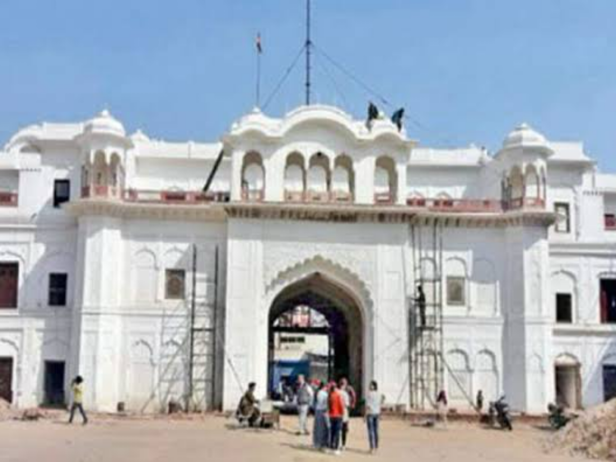
The Qila Mubarak, one of the renowned monuments in the district of Patiala was built by Baba Ala Singh, a ruler belonging to the Sidhu Jat clan back in 1763. Baba Ala Singh was also the first king, and the founder of the Patiala Dynasty. This spot in the city takes us back to the glorious days of royalty across North India, with Patiala of course being one of the major hubs of luxury in national history. The interior portion of this complex, known as the Qila Androon was built by Maharaja Amar Singh. This fort has grand gateways and intricate carvings inspired by a fascinating blend of Mughal and Rajasthani architectural traits, making it a must visit destination for tourists who are keen to explore the regional history of Punjab.
2.
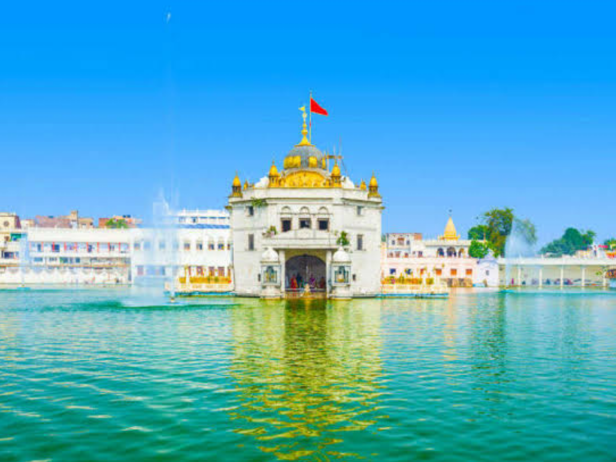
With a design and layout similar to the Golden Temple, this Hindu architecture is one of the most popular spiritual sites not only in Amritsar, but all of Punjab. Pilgrims from across the state wish to visit the Durgiana Temple, a sacred shrine dedicated to Goddess Durga. This temple was constructed in the early 20th century by Harsai Mal Kapoor. This site also marks a cultural fusion of Hinduism & Sikhism, with the prime construction dedicated to the Hindu religion & community with architectural elements inspired from the Sikh heritage. While Amritsar does account for a majority of tourists in Punjab, not many know about this iconic site within the city that holds a special place in the hearts of those interested in Hindu culture and faith. Conclusively, a very interesting option to explore the state’s culture the next time you’re in Amritsar.
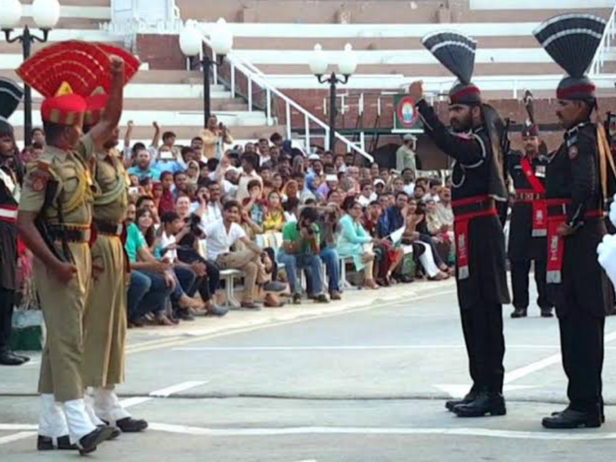
Close to the Hussainiwala National Martyrs Museum, this site holds a special place in the country’s patriotic history and tradition. Surrounded by significant greenery and the famous Sutlej River, the Hussainiwala Border has a charm of its own. More than just a border dividing two separate countries, this very site also marks the cremation ground of freedom fighters — Rajguru, Sukhdev and Shaheed-e-Azam Bhagat Singh. This revolutionary trio was cremated exactly here after being executed by the British Authorities back in 1931. The memorial here exists as a constant symbol and reminder of their sacrifices for the country.
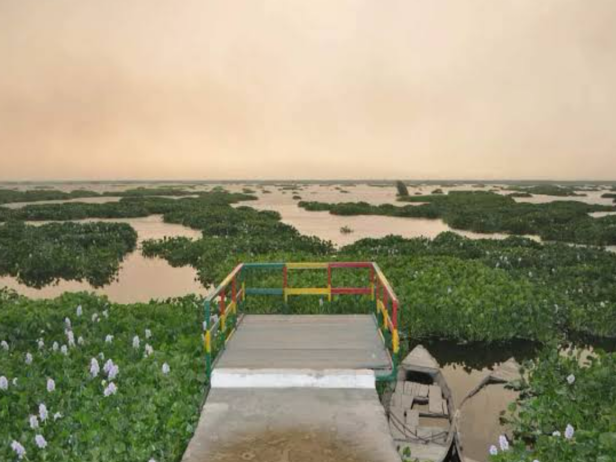
One of India’s largest wetlands, the Harike Wetland is located at the border between Tarn Taran and Ferozepur districts of Punjab. It is home to a large variety of flora and fauna, and is described to be nothing less than heaven for those who enjoy being surrounded by the beauty of nature. This place also supports the aquatic sphere of life, including the now endangered Indus River Dolphin. Overall, the site is beauty in its absolute natural form and thus, the Harike Wetland should surely be one of the places on your checklist if Punjab is the next corner of the country you’re wishing to explore beyond what you know!
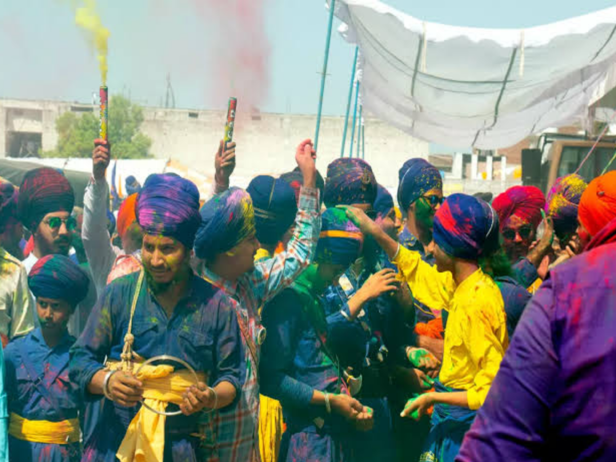
There are sites, there are regions, and then there are places that redefine history. Anandpur Sahib, a city that is the birthplace of Khalsa Panth, the religious identity of Sikhs around the world was founded in 1665 by the 9th Sikh Guru, Guru Tegh Bahadur. This spiritual hub of Punjab is also known as the City of Spiritual Bliss, which is also what it literally translates to. From the beautiful architecture and history of the Takht Shri Keshgarh Sahib to Hola Mohalla Festival, Anandpur Sahib has multiple attractions for travel within the city, especially if one is passionate about culture, heritage and the overall history of the country. It is indeed a must visit site for all tourists within the state.
All in all, it is pertinent to state that Punjab, having earned popularity with its music and pop stars like Diljit Dosanjh, AP Dhillon or Karan Aujla, also holds large potential of global recognition for its rich tradition, language, literature, culture and iconic sites by attracting tourists who visit places within the state beyond the well known Golden Temple. A perfect mix of spirituality, royalty, nature and national pride - Punjab holds a priceless spot in Incredible India's identity.
Talking of tourism in Punjab, most of us across the country think of Harmandir Sahib - the iconic Golden Temple in the city of Amritsar. In fact, based on numerical estimates, roughly 70-75% of Punjab’s total tourists visit Amritsar alone, and the reason is primarily the Gurudwara and the food. As a result, a lot of beautiful spots in different parts of the state go unnoticed. Let us see 5 stunning places in Punjab, apart from the most visited one:
1. Qila Mubarak, Patiala

The Qila Mubarak in Patiala
( Image credit : Timeslife )
The Qila Mubarak, one of the renowned monuments in the district of Patiala was built by Baba Ala Singh, a ruler belonging to the Sidhu Jat clan back in 1763. Baba Ala Singh was also the first king, and the founder of the Patiala Dynasty. This spot in the city takes us back to the glorious days of royalty across North India, with Patiala of course being one of the major hubs of luxury in national history. The interior portion of this complex, known as the Qila Androon was built by Maharaja Amar Singh. This fort has grand gateways and intricate carvings inspired by a fascinating blend of Mughal and Rajasthani architectural traits, making it a must visit destination for tourists who are keen to explore the regional history of Punjab.
2. Durgiana Mandir , Amritsar

Durgiana Mandir, Amritsar
( Image credit : Timeslife )
With a design and layout similar to the Golden Temple, this Hindu architecture is one of the most popular spiritual sites not only in Amritsar, but all of Punjab. Pilgrims from across the state wish to visit the Durgiana Temple, a sacred shrine dedicated to Goddess Durga. This temple was constructed in the early 20th century by Harsai Mal Kapoor. This site also marks a cultural fusion of Hinduism & Sikhism, with the prime construction dedicated to the Hindu religion & community with architectural elements inspired from the Sikh heritage. While Amritsar does account for a majority of tourists in Punjab, not many know about this iconic site within the city that holds a special place in the hearts of those interested in Hindu culture and faith. Conclusively, a very interesting option to explore the state’s culture the next time you’re in Amritsar.
3. Hussainiwala Border, Ferozepur

Wagah: A Beacon of National Pride alongside Hussainiwala Border
( Image credit : Timeslife )
Close to the Hussainiwala National Martyrs Museum, this site holds a special place in the country’s patriotic history and tradition. Surrounded by significant greenery and the famous Sutlej River, the Hussainiwala Border has a charm of its own. More than just a border dividing two separate countries, this very site also marks the cremation ground of freedom fighters — Rajguru, Sukhdev and Shaheed-e-Azam Bhagat Singh. This revolutionary trio was cremated exactly here after being executed by the British Authorities back in 1931. The memorial here exists as a constant symbol and reminder of their sacrifices for the country.
4. The Harike Wetland

Harike Wetlands in Punjab
( Image credit : Timeslife )
One of India’s largest wetlands, the Harike Wetland is located at the border between Tarn Taran and Ferozepur districts of Punjab. It is home to a large variety of flora and fauna, and is described to be nothing less than heaven for those who enjoy being surrounded by the beauty of nature. This place also supports the aquatic sphere of life, including the now endangered Indus River Dolphin. Overall, the site is beauty in its absolute natural form and thus, the Harike Wetland should surely be one of the places on your checklist if Punjab is the next corner of the country you’re wishing to explore beyond what you know!
5. Anandpur Sahib: the Birthplace of Khalsa

Hola Mohalla at Anandpur Sahib
( Image credit : Timeslife )
There are sites, there are regions, and then there are places that redefine history. Anandpur Sahib, a city that is the birthplace of Khalsa Panth, the religious identity of Sikhs around the world was founded in 1665 by the 9th Sikh Guru, Guru Tegh Bahadur. This spiritual hub of Punjab is also known as the City of Spiritual Bliss, which is also what it literally translates to. From the beautiful architecture and history of the Takht Shri Keshgarh Sahib to Hola Mohalla Festival, Anandpur Sahib has multiple attractions for travel within the city, especially if one is passionate about culture, heritage and the overall history of the country. It is indeed a must visit site for all tourists within the state.
All in all, it is pertinent to state that Punjab, having earned popularity with its music and pop stars like Diljit Dosanjh, AP Dhillon or Karan Aujla, also holds large potential of global recognition for its rich tradition, language, literature, culture and iconic sites by attracting tourists who visit places within the state beyond the well known Golden Temple. A perfect mix of spirituality, royalty, nature and national pride - Punjab holds a priceless spot in Incredible India's identity.
